Harvard education: why 1940s trainer planes are taking off again
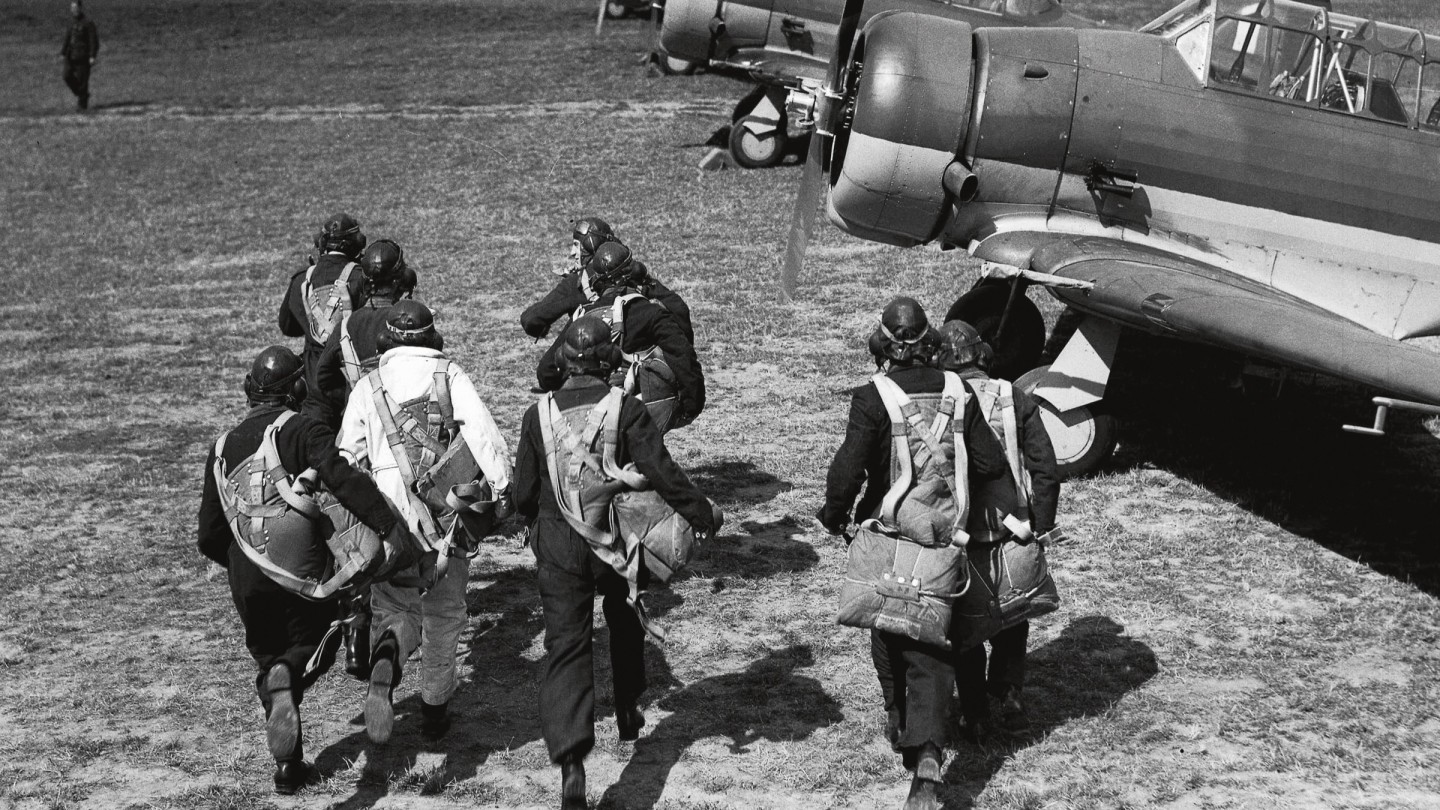
Roula Khalaf, Editor of the FT, selects her favourite stories in this weekly newsletter.
Spitfires can be a little eyebrow-raising at times, and Hurricanes have their moments,” says Richard Grace — with RAF-style understatement — of flying heroic 1940s “warbirds”. According to the second world war aircraft restorer and dealer at The Aircraft Sales Company, such unexpected behaviour is all part of the experience for 21st-century owner-enthusiasts. And with an impressive return on investment the market is really taking off.
California’s Platinum Fighter Sales aircraft brokers saw a 300 per cent-plus increase in business during the pandemic — mainly, believes co-owner Simon Brown, because investors see old aeroplanes as safer havens than stock markets. Paul Boschung of warbird specialists Boschung Global in Switzerland adds that interest in aircraft with stories is growing: a decade ago people bought Spitfires and US Mustangs “to fly around in”. Now it’s about aircraft with historical value — and the investment altimeter. “I can see top second world war aircraft going for €10-20m in a few years,” he says.
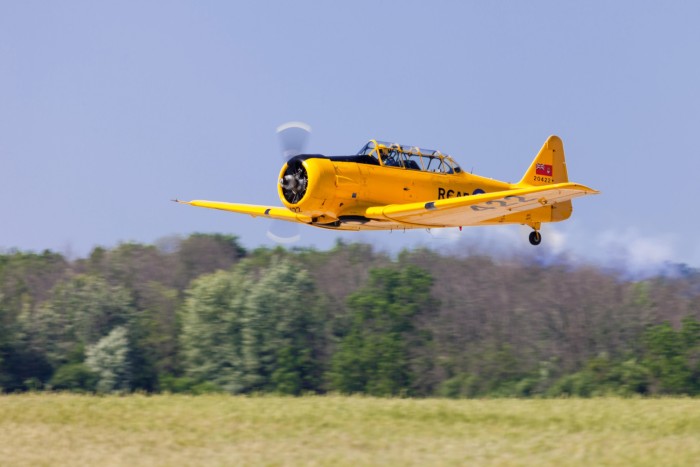
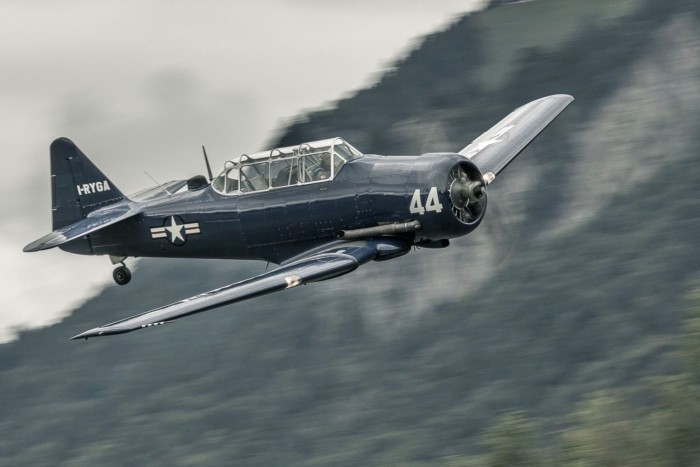
In the right hands, these thoroughbred raptors are supremely agile. But just as you wouldn’t step from a Ford Focus into a Formula One car, you have to learn your way into elite 20th-century flying machines. Which is where the US- and Canadian-built Harvard and Yale training planes from the 1930s to 1970s come in. Not only do they make for an excellent entry into second world war aircraft education, they are also investment pieces in their own right. Harvards — big, noisy, gnarly beasts oozing warbird good looks — make great stepping stones because you can get away with clumsiness that combat planes wouldn’t forgive. “People buy them because they are trainers,” says Grace. Plus “they didn’t have a hard time during the war”.
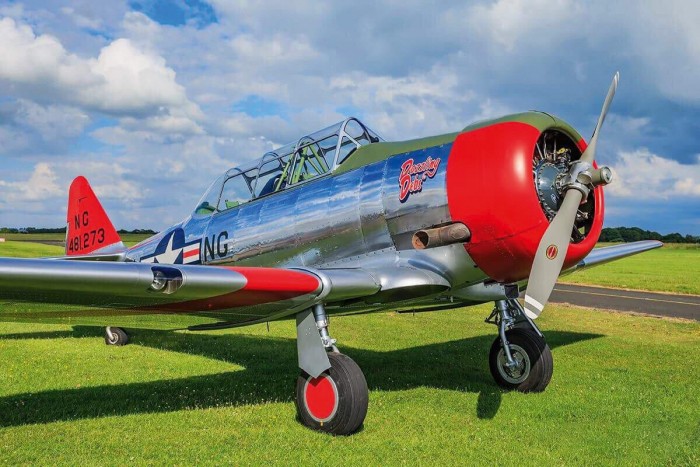
“Harvards are known as ‘the pilot makers’,” says Northamptonshire-based Michael Wright, who works for light aircraft manufacturer Cirrus and owns a Harvard restored in California National Guard livery. “It is not difficult to fly one, but it’ll show your inaccuracies. They’re not for people who are learning to fly; they’re an intermediary trainer on the way to a heavy fighter. Mine’s a big chunk of metal, very tactile, lots of character, and on a nice Sunday I’ll take to the skies, fly to another airstrip, and sit at the clubhouse chatting to other flyers.”
WHERE TO SEE
Imperial War Museum, Duxford, UK
National Museum of
World War II Aviation, US
Smithsonian National Air
and Space Museum, US
The RAF Museum, Cosford, UK
“The Harvard — also known as the SNJ or T-6 — is a great aeroplane,” says Mark Clark of Illinois’ Courtesy Aircraft Sales. “It has nostalgia, noise, two seats, dual controls, simple systems and operates fairly inexpensively.” Platinum’s Brown adds: “Harvards are the best all-rounders. Prices are rising, but not as fast as fighters. They are easy to maintain, but you do need an expensive wing inspection every couple of hundred hours.” Price-wise, they land much lower than, say, a £1.2m-plus Spitfire. “A Harvard T-6 is £200,000 to £300,000 in airworthy condition,” says Grace. Platinum Fighters has a 1944 model at $185,000; Airtrade in the Czech Republic has a 1943 Harvard at €240,000. Running costs are also a consideration; expect to pay around £15,000 a year excluding unforeseen maintenance. And insurance, depending upon experience, is about £5,000 a year, as are hangars.
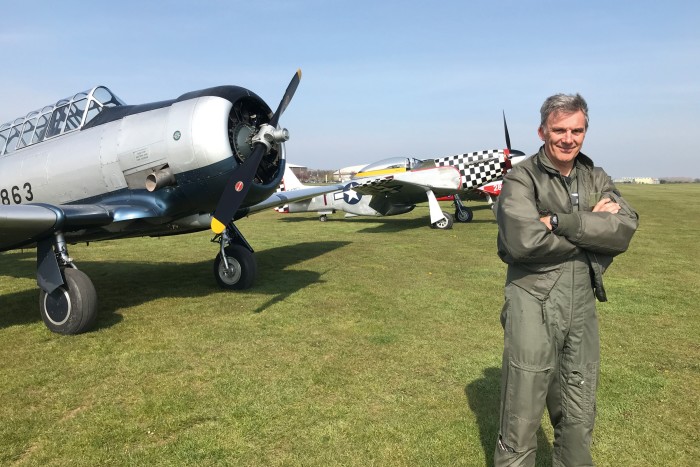
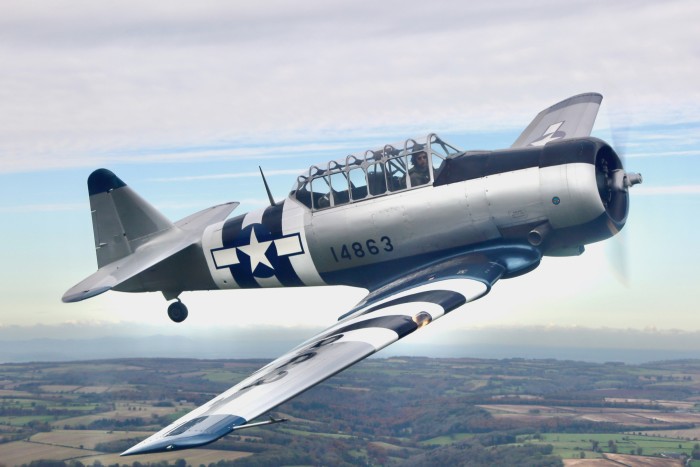
Yales, the earlier version of the Harvard, are more collectors’ pieces, says Rob Stewart of Kent-based specialists Eagles 11, who has one on sale at £350,000. Rugged and strong, Yales are more expensive. They are also very scarce: there are fewer than a dozen known to be airworthy worldwide, compared with Harvards, of which there are 400 or more flying in the US alone.
WHERE TO BUY
Airtrade, Czech Republic
Boschung Global, Switzerland
Eagles 11, UK
Platinum Fighters, US
The Aircraft Sales Company, UK
Retired British Airways 747 captain Mark Levy flies his Harvard up to Scotland for day trips. But that’s not all. “It’s a plane for pure flying: air shows and aerobatics. It means I’m qualified to fly Spitfires and Mustangs at air shows.” His Harvard had been sitting around for two years before he bought it for £130,000 in 2017. It needed recommissioning but now “it is probably worth £170,000”, he estimates.
After learning the ways of second world war planes in a Harvard, you could graduate to that Spitfire. But be mindful: if a Spitfire or Hurricane needs parts, in some cases there are simply none left. Getting them made is difficult — so some planes are effectively grounded. “But if you need a Harvard T-6 part,” says Grace, “somewhere in the US will have it. Harvards were built in such huge volumes that everything is available.”
Still, due diligence is vital: there’s no such thing as a cheap aeroplane. “Get among people who know them. Get phone numbers, especially from the guys who fly them, ask questions,” advises Grace. It’ll be a Harvard education.
Comments